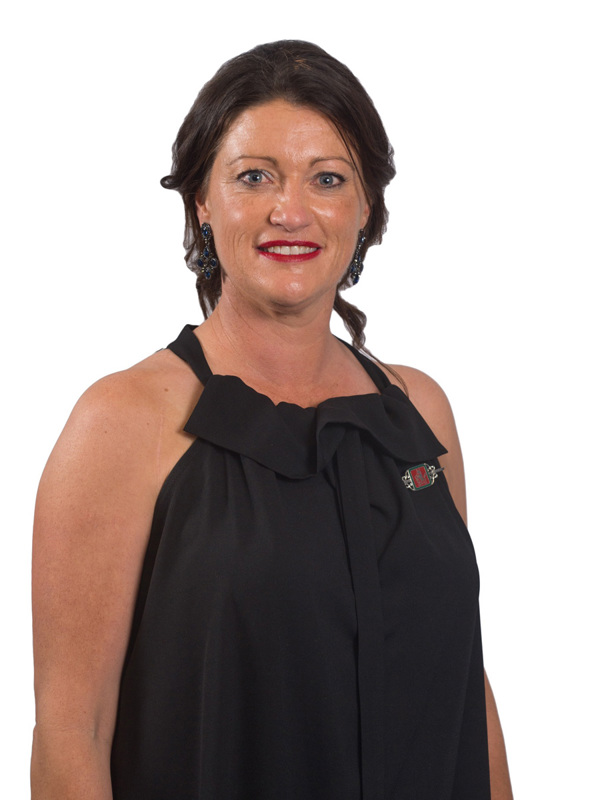
Matthew Abbott

Nuffield Australia 2016 Scholar
Banana branding: how to boost the farmgate value of Australia’s bestselling fruit
The Australian banana industry must capitalise on enhanced marketing and branding opportunities to secure stronger and fairer returns for their fruit and strengthen the long-term viability of the industry. That’s according to a report released by Matthew Abbott. With support from Hort Innovation, Mr Abbott’s report looks at avenues to increase the returns available to banana growers through key areas of branding, marketing of “out of spec” products and export opportunities.
Recognising that the high volume of quality banana production was not being reflected in returns to growers, Mr Abbott was motivated to undertake his Nuffield research to work out what growers could do to boost their profitability.
“Bananas are bought by more Australian households than any other fruit. In 2016, over-supply saw sale volumes rise 7.5 per cent, but the value decrease by 7.7 per cent at the same time. Essentially, banana growers were working harder and producing more than ever before, but getting paid less to do so,” Mr Abbott said.
Exploring the role of branding in driving banana value, Mr Abbott’s report finds that banana growers need to establish brands that set their products apart from the rest.
“Branding is essential to establish a premium return on fresh retail banana sales. The brand recognition might be related to the banana itself, or the way it is produced or packaged, or the story behind it. Uncle Matt’s Organics in the United States provides a clear example of the power of a strong brand to attract a price premium. Producing and selling fresh organic fruit juices, the brand has developed a narrative around sustainable and low-waste production systems that is attracting a price premium from consumers.”
With environmental sustainability becoming an issue of increasing concern for consumers, banana packaging will also be a key value driver for growers.
“New technologies with the potential to reduce packaging and still clearly define a brand are being trialled both in Australia and abroad, and being at the forefront of these technologies will be advantageous for our industry going forward,” Mr Abbott said.
“In Spain, a company called Laserfoods is using laser printing to change the colour of cells on the surface of the skin of produce. They print the brand or specification on to the product itself, totally eliminating the need for additional packaging.”
The report also explores various markets for bananas that fail to meet retailer specifications. Due to defects with peel or size, Australian banana growers estimate that between five and 30 per cent of bananas can be rejected.
“There are limited markets for out of spec fruit in Australia, but these ‘waste’ bananas don’t necessarily need to be thrown away. Technology is available to use this fruit, and there is potential for it to be used in premium value-added products like smoothies, banana crisps and dried fruit.
Exploring export opportunities for bananas, the report also recommends that market research be conducted to determine suitable markets for Australian bananas.
“Our domestic banana market is not big enough to allow significant expansion in fresh banana sales, particularly given the fact that our per capital consumption rate is already very high. Exporting our product will be a key volume driver into the future, and with the nearby Asian middle-class growing at a rapid rate, we have a distinct opportunity to increase our banana exports through market research and identification of key markets.





















